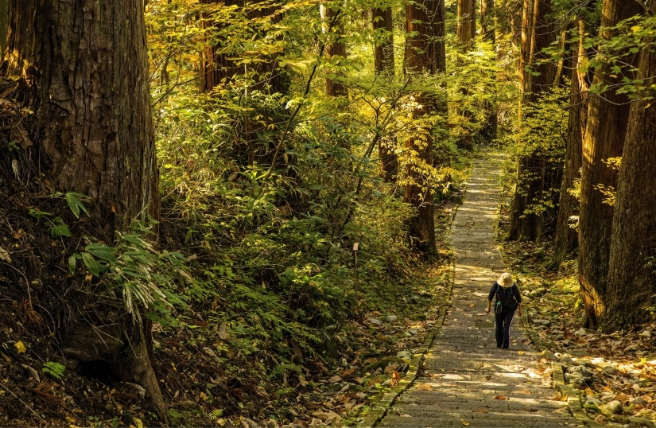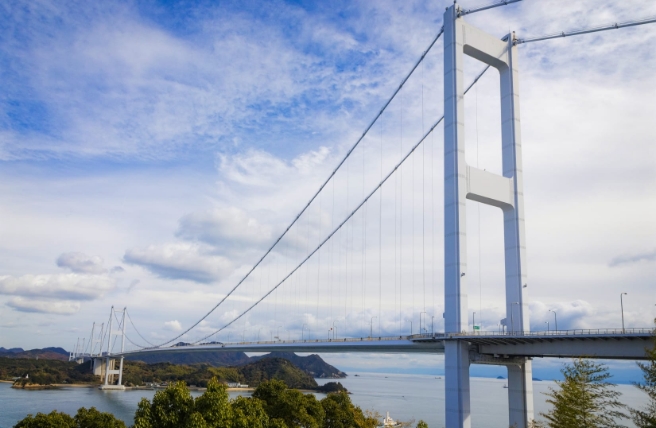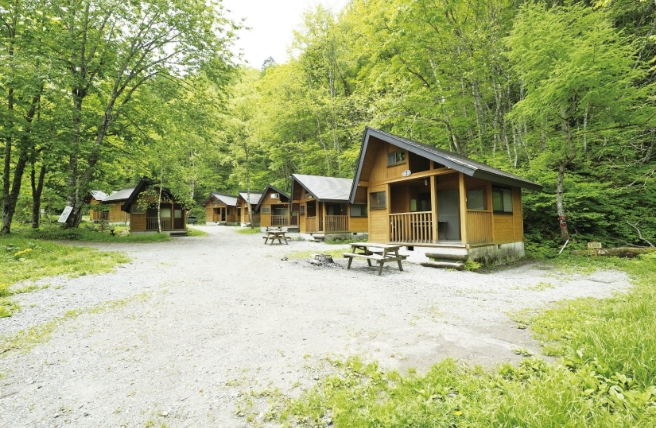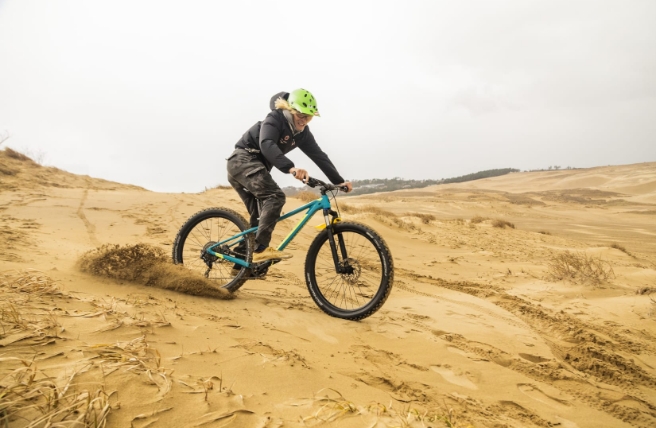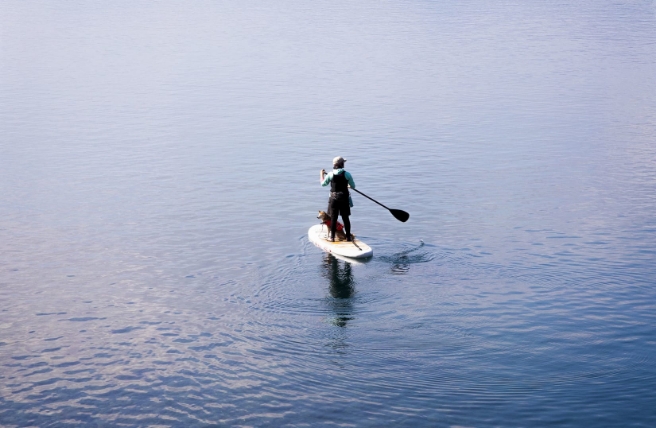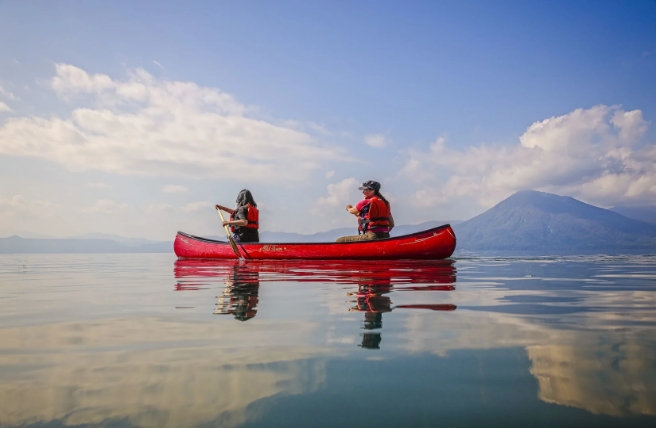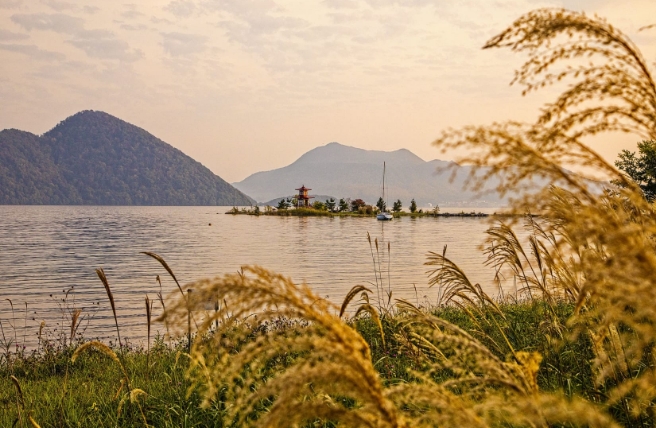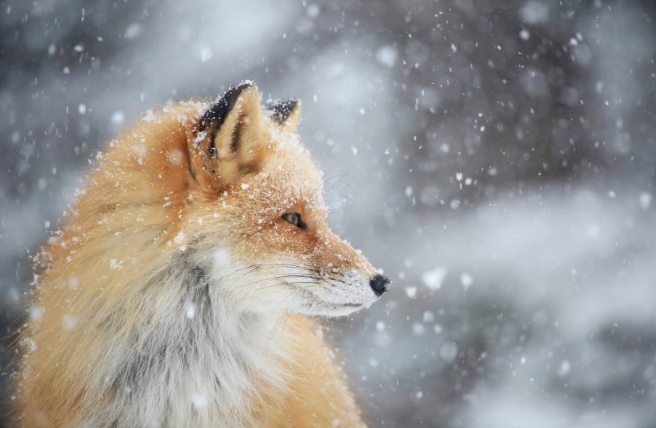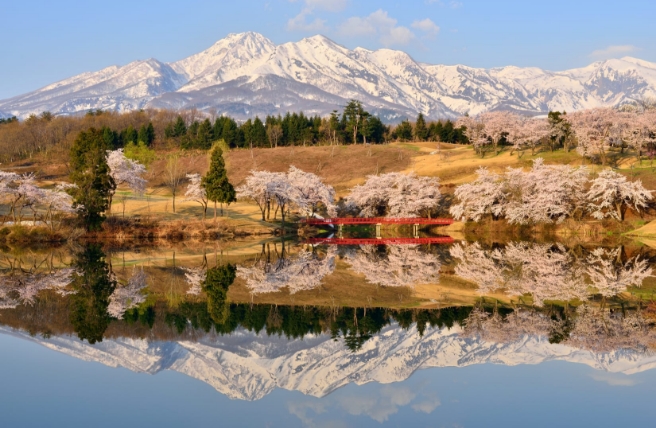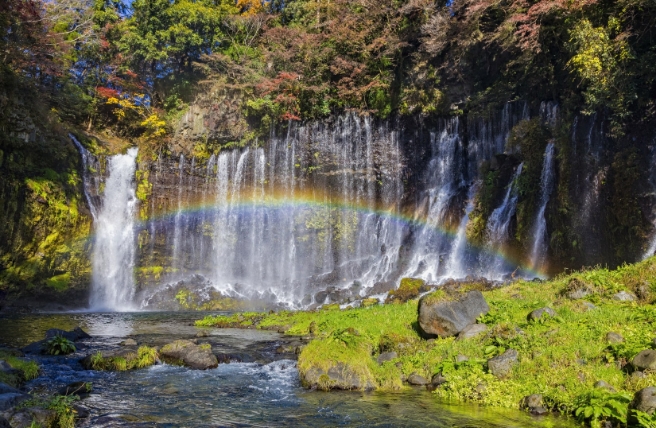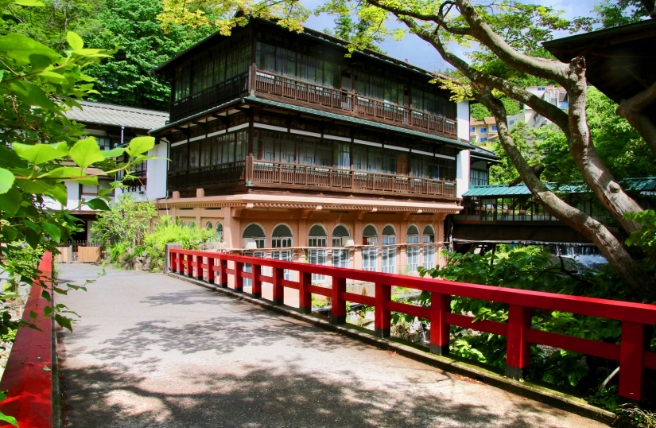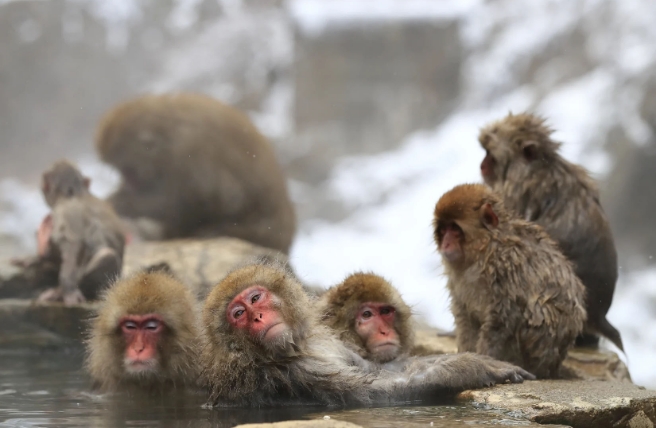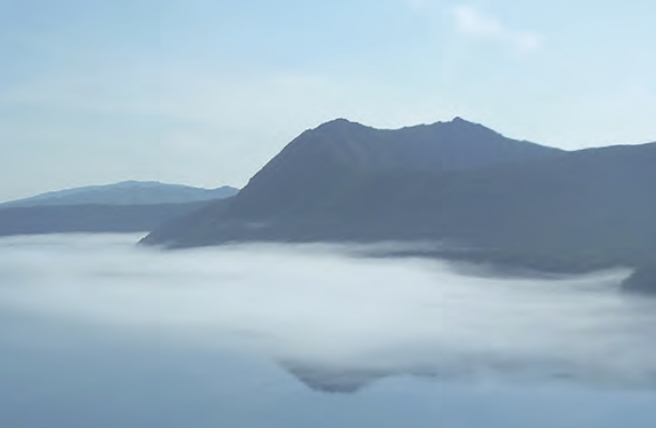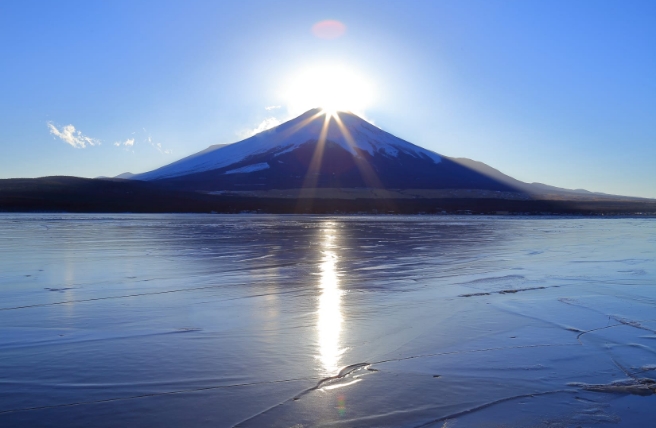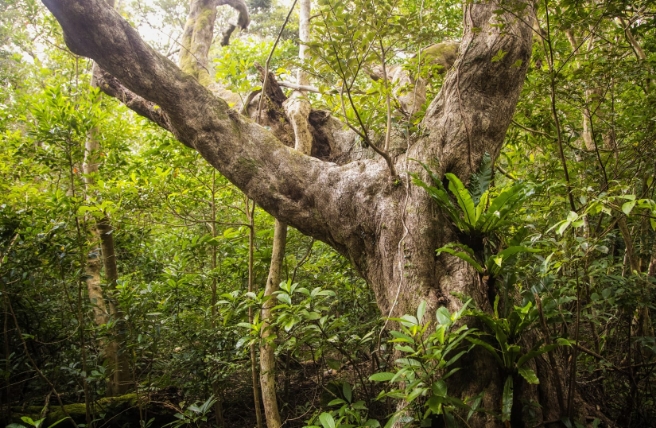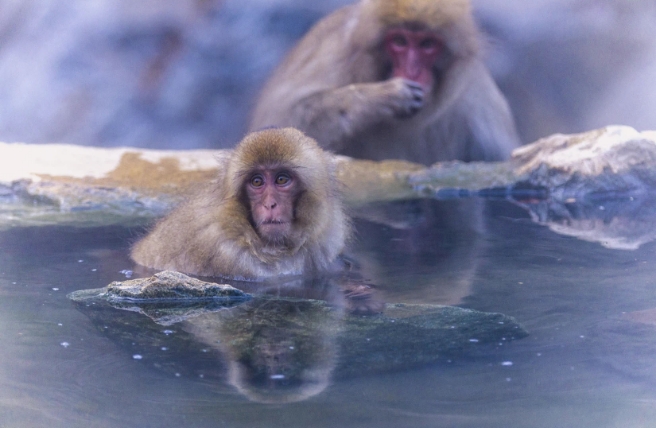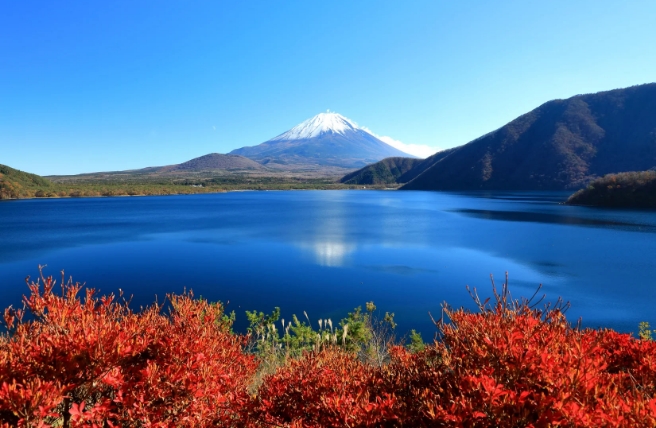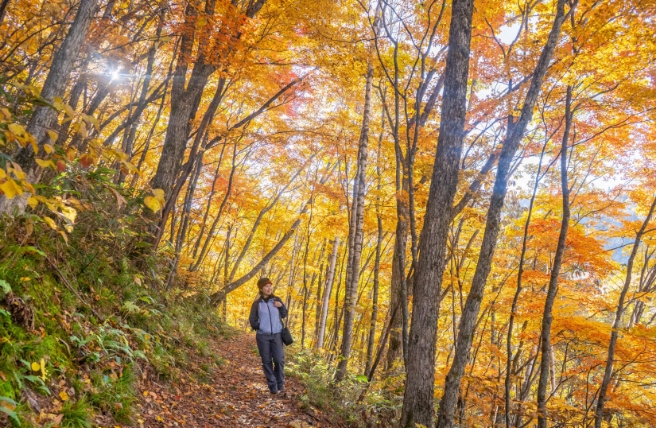Park Ranger Daisuke Yamasaki wants to raise awareness about the purpose of national parks, and preserve them for future generations
| Ranger | Daisuke Yamasaki |
| Park | Oze National Park |
| Recommended Spot | Mount Hiuchigatake and Kumazawa-Tashiro Marsh |
* This article was written based on an interview conducted with the park ranger in October, 2022.

Daisuke Yamasaki has worked for the Ministry of Environment for three years, and like many park rangers, he came to his role because of his love of nature. “Diving is one of my main hobbies, and because I was so interested in ocean environments, I researched plankton at university and grad school. I also enjoy hiking and trekking. I spent a lot of my student life immersed in nature, and it was at university that I learned about jobs in the Ministry of Environment and decided that I wanted to become a park ranger. I wanted to work in the field, and I also wanted to work on policies, which play an important role in parks around the country.”
He spent a year in the Environmental Planning Division and a year at Shikotsu-Toya National Park in Hokkaido, before taking on his current role at Oze National Park. The park spans parts of Fukushima, Tochigi, Gunma, and Niigata prefectures.
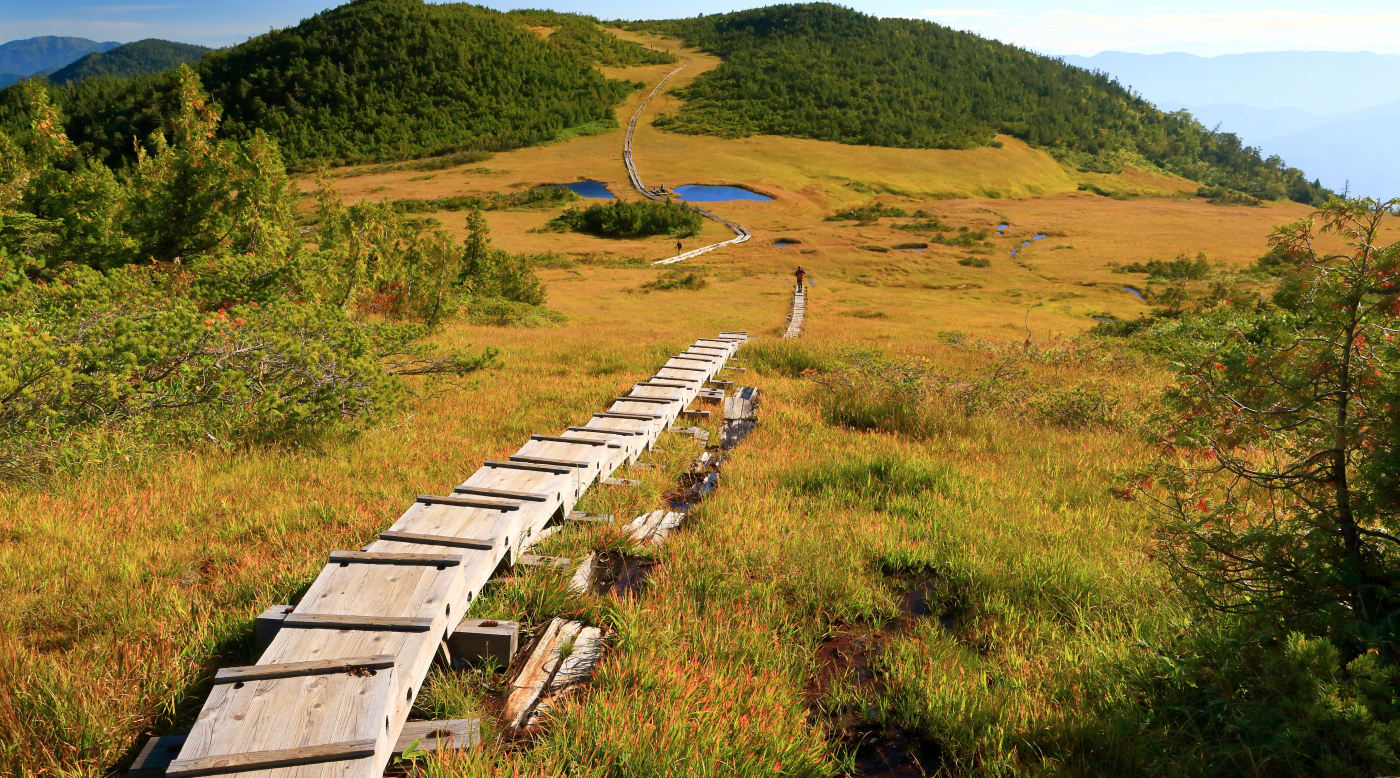
Towering peaks and vast marshlands
The park is a haven for hikers, and is perhaps best-known for Lake Ozenuma and Ozegahara Marsh, the country’s largest mountaintop marshland. Visitors come to enjoy sweeping views of alpine plants and seasonal flowers, from white-flowering skunk cabbages, purple irises, and yellow broad dwarf daylilies in spring and summer to swathes of grass, colored golden in fall. “It’s great because many people know that it’s one of the largest marshlands in the country. There’s a vast network of wooden boardwalks, which makes the marsh accessible to hikers of all experience levels.” The sheer scale of the boardwalks is one of the things that surprised Yamasaki most when he first came to the park, and their maintenance is one of the many challenges of the job.

"There are many different organizations involved in their upkeep. The Ministry of Environment, prefectural governments, local governments and private businesses all work together very closely. But the upkeep itself can be difficult because of environmental factors—the park gets a lot of snow in winter, the wood is exposed to moisture year-round—and general wear and tear.”
Another challenge the park faces is attendance. At its peak, the park saw over 600,000 annual visitors, which made the trails and other facilities difficult to maintain. Recent events have impacted attendance. “We collect data on the number of visitors, and saw a considerable decrease because of Covid-19.” More than just numbers, a decrease in visitors means a decrease in revenue; for the lodges and other businesses that run in the park, and in the park’s facilities, which rely in-part on donations. But Yamasaki says things are improving as the pandemic subsides. When it comes to park maintenance and visitor enjoyment, balance is key.

“I really recommend people take their time when they come here. I want visitors to walk the boardwalks, stop at the visitor centers to learn about the park environment, and enjoy food and refreshments as well as bathing at local mountain lodges. I also recommend they try the local food and experience the local culture of the villages at the foot of Oze's mountains."
A history of conservation
Oze is sometimes referred to as “the starting point of the conservation movement in Japan” thanks to the efforts of a local family. “Over the course of decades, four generations of the Hirano family worked to preserve the integrity of Oze’s environment. They appealed directly to the first director of the Ministry of Environment, campaigning against plans for a hydroelectric dam, disruptive roads, and other projects that would have greatly altered the landscape of the area. They also helped to set up the infrastructure for the park, such as mountain huts, as we know it today.”
Yamasaki himself is also passionate about conservation. Many parks are working on decarbonization or zero-carbon initiatives. He was involved on such projects in Hokkaido, and hopes to work on similar projects in Oze, carrying on the park’s legacy of preservation.

“Decarbonization is a long-term challenge for preservation. Solar and wind power are valuable sources of energy, but creating these facilities without degrading the environment is crucial. A great thing about being in the field is that we get to consult with local stakeholders about how to balance these competing needs, and use our findings to inform how we run our administration.”
Conservation and use are the objectives of Japan’s national parks. “The parks aren’t just a place for enjoying the environment, but also becoming educated about it. By experiencing nature firsthand and becoming aware of its importance, we can take the first step in creating a harmonious cycle of use and protection, to hand down to future generations.”
